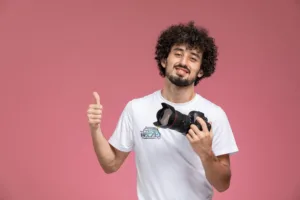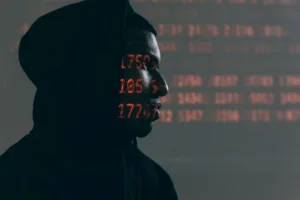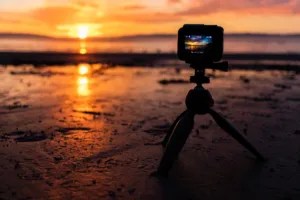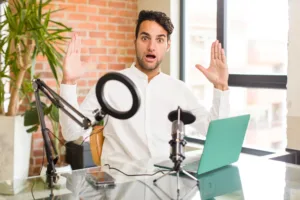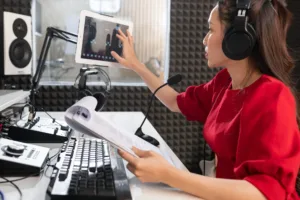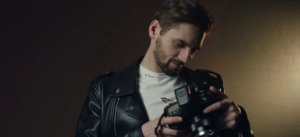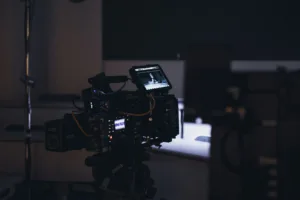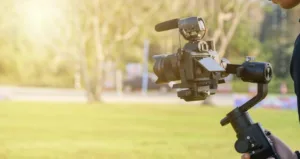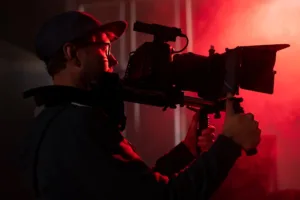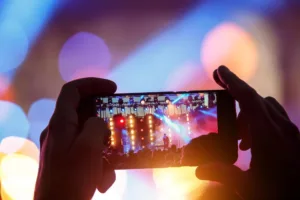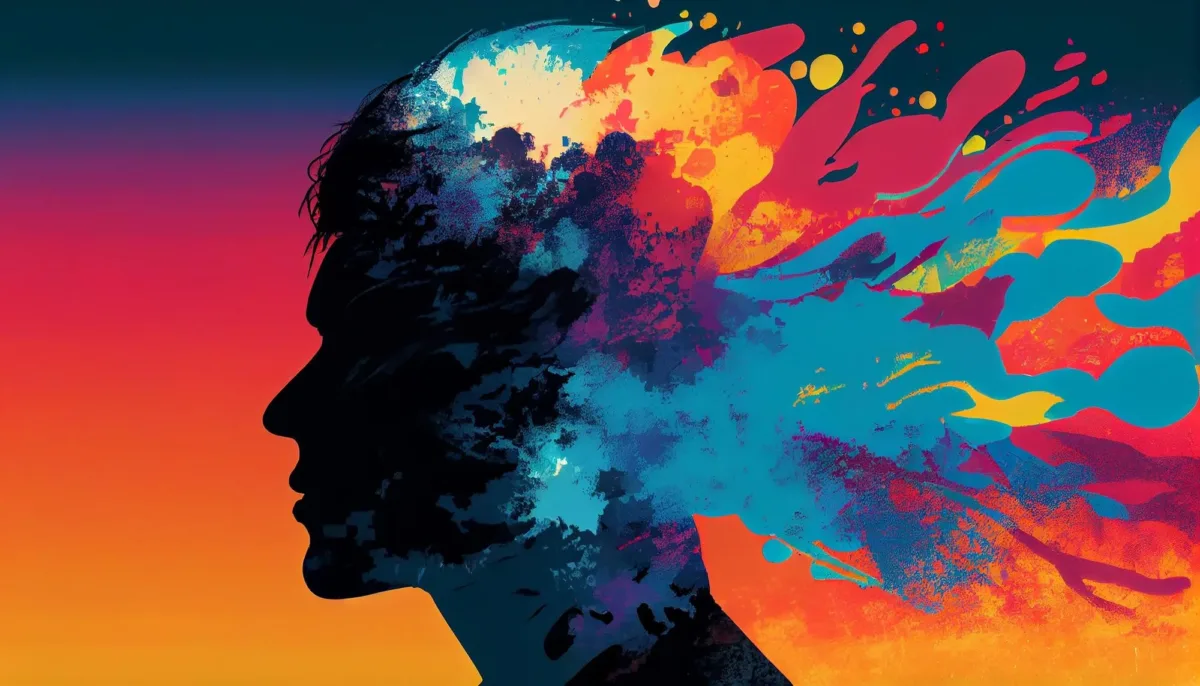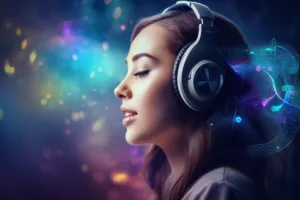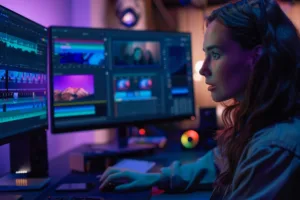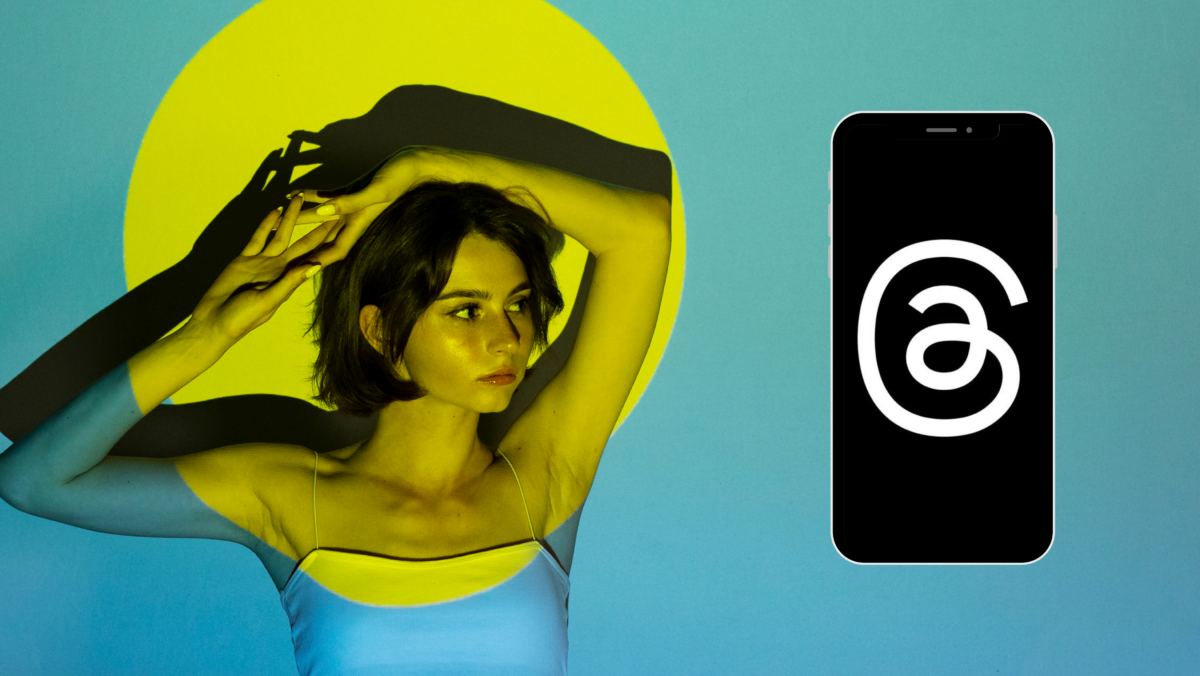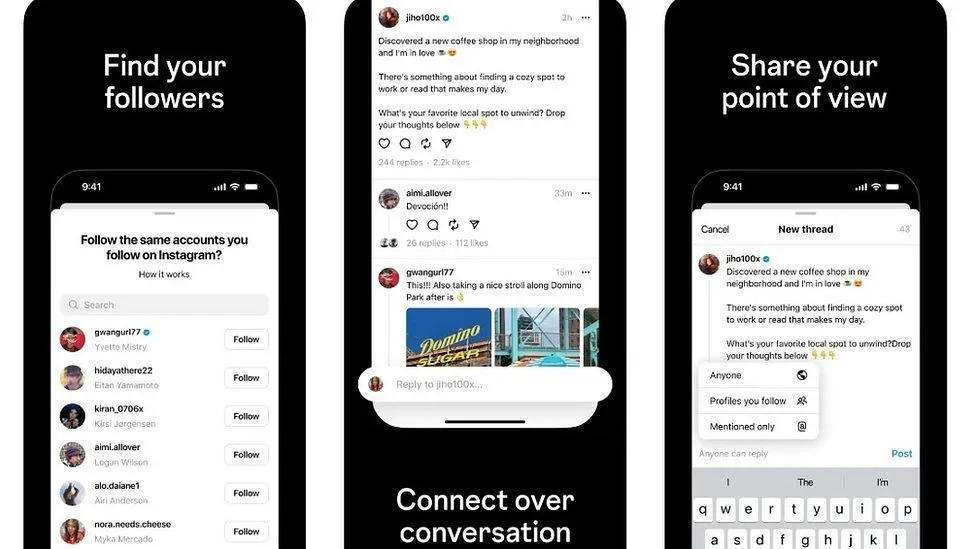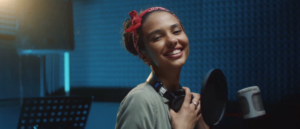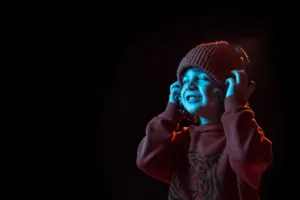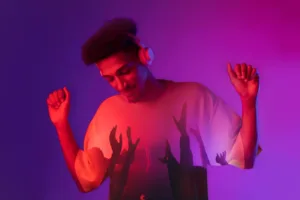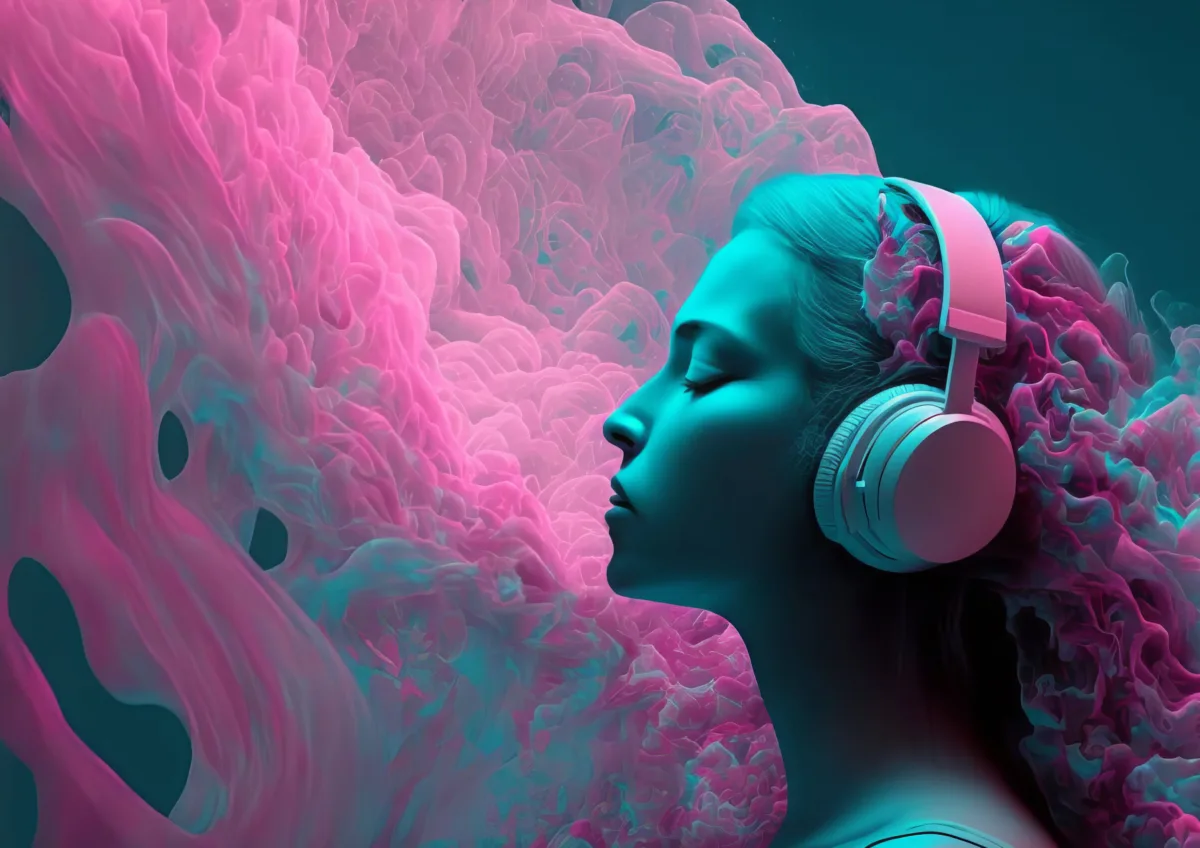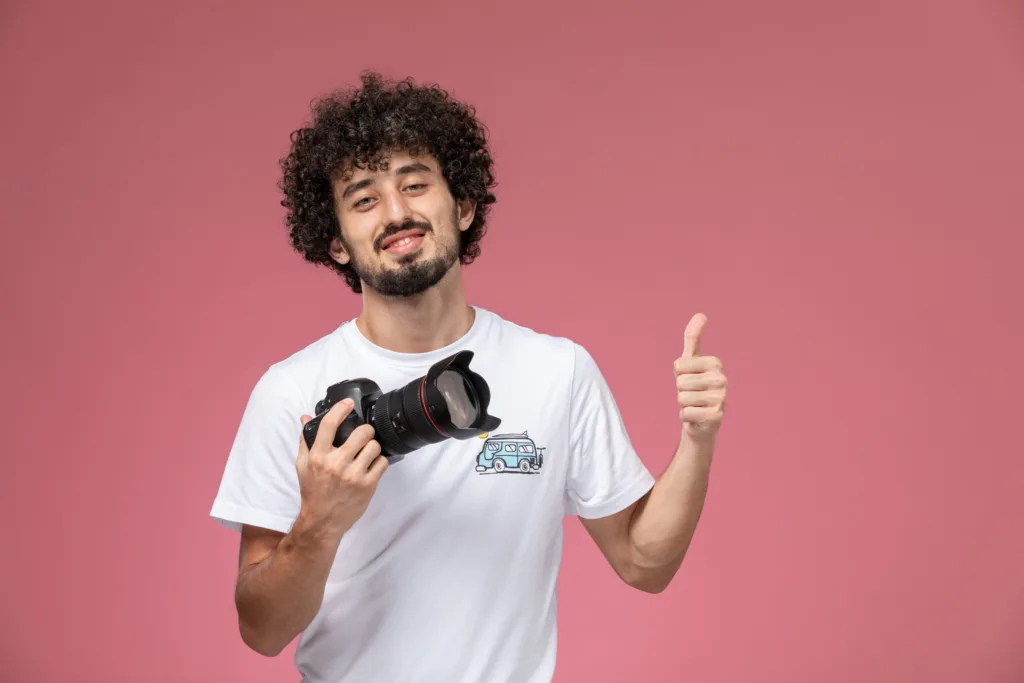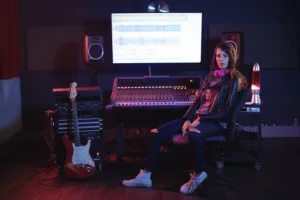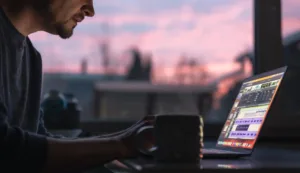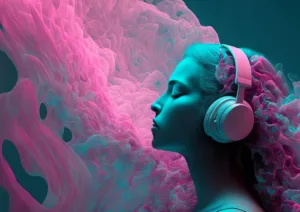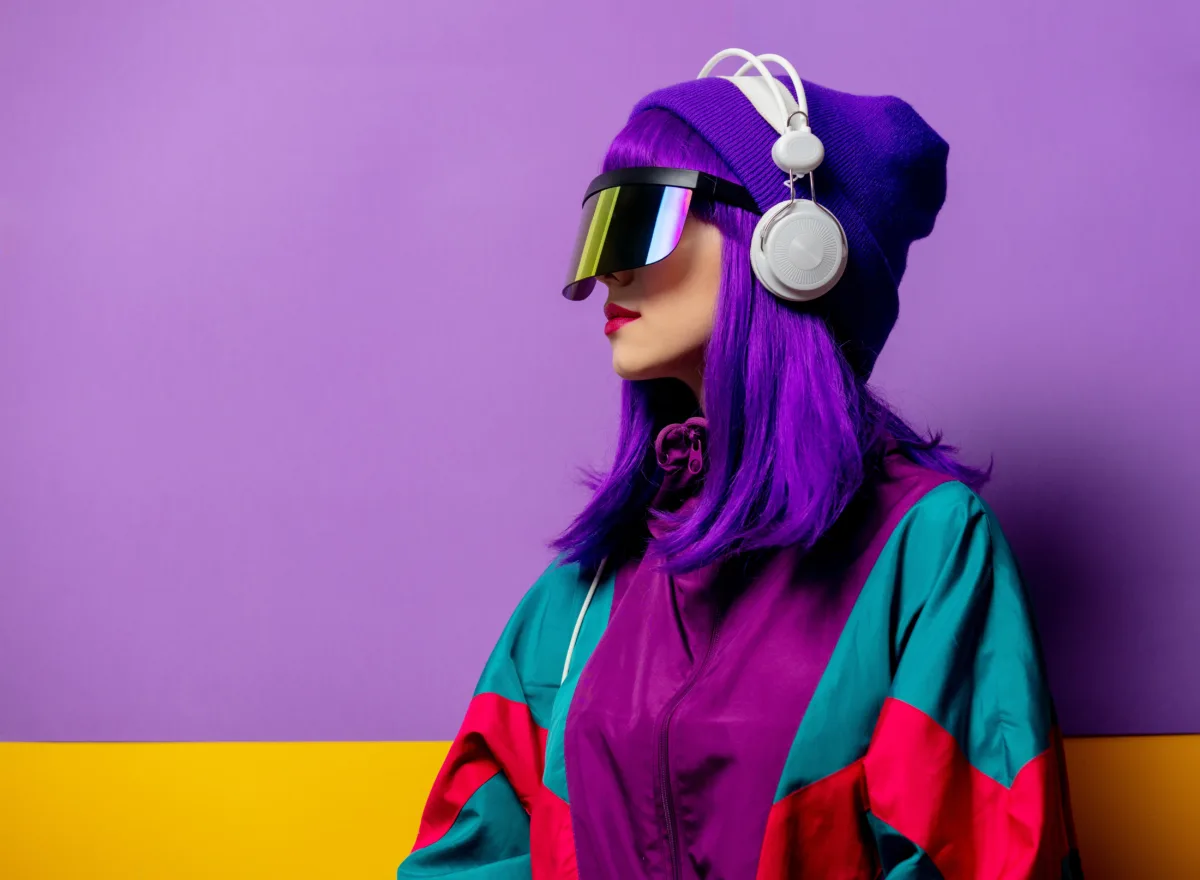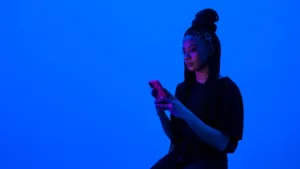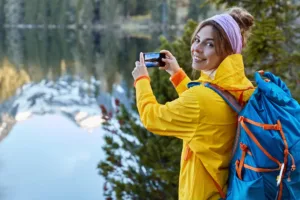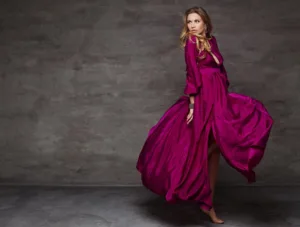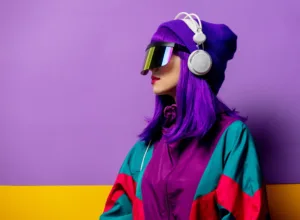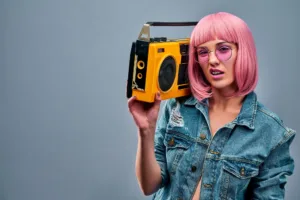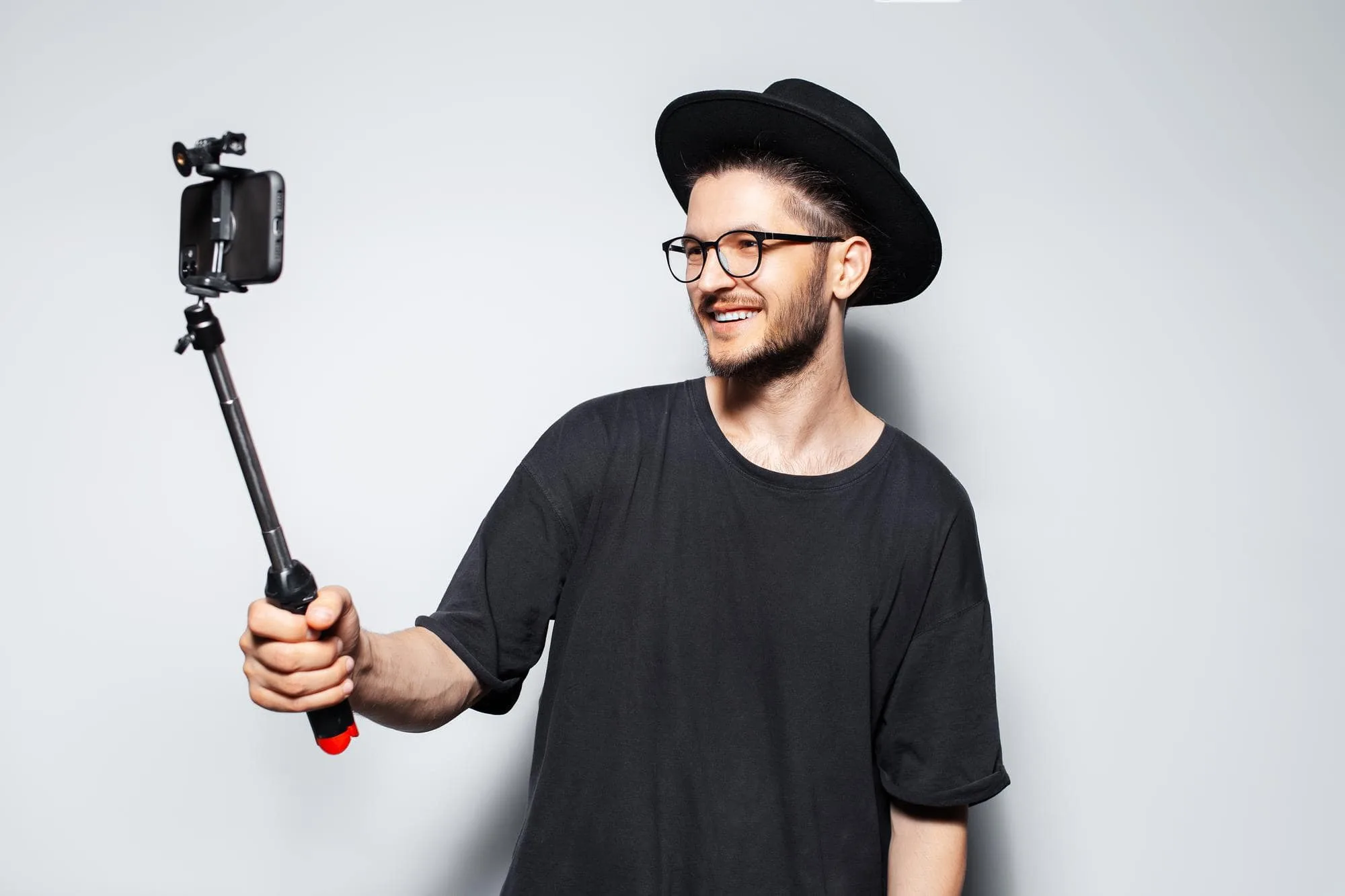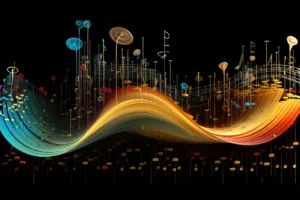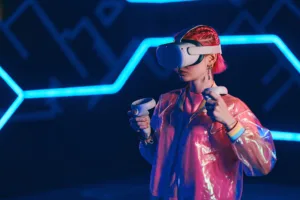How to Legally Use Classical Music for Your Digital Content.
When Can You Use Authentic Classical Music on Your Content?
Classical music, with its enchanting melodies and timeless appeal, has captivated listeners for centuries. Whether it’s the grandeur of Beethoven’s symphonies or the delicate compositions of Mozart, these pieces have a magical quality. As a content creator, you might be drawn to their beauty and wonder: Is classical music royalty-free? Can you use it in social media posts, videos, or projects without legal trouble?
It’s a fantastic question and one that confuses many. The short answer? Some classical music is in the public domain and available for free, but not all. The devil is in the details. In this blog, we’ll break down everything you need to know about using classical music, what “royalty-free” really means, and how to make sure you’re in the clear when adding that perfect melody to your content.
Copyright Basics: What You Need to Know
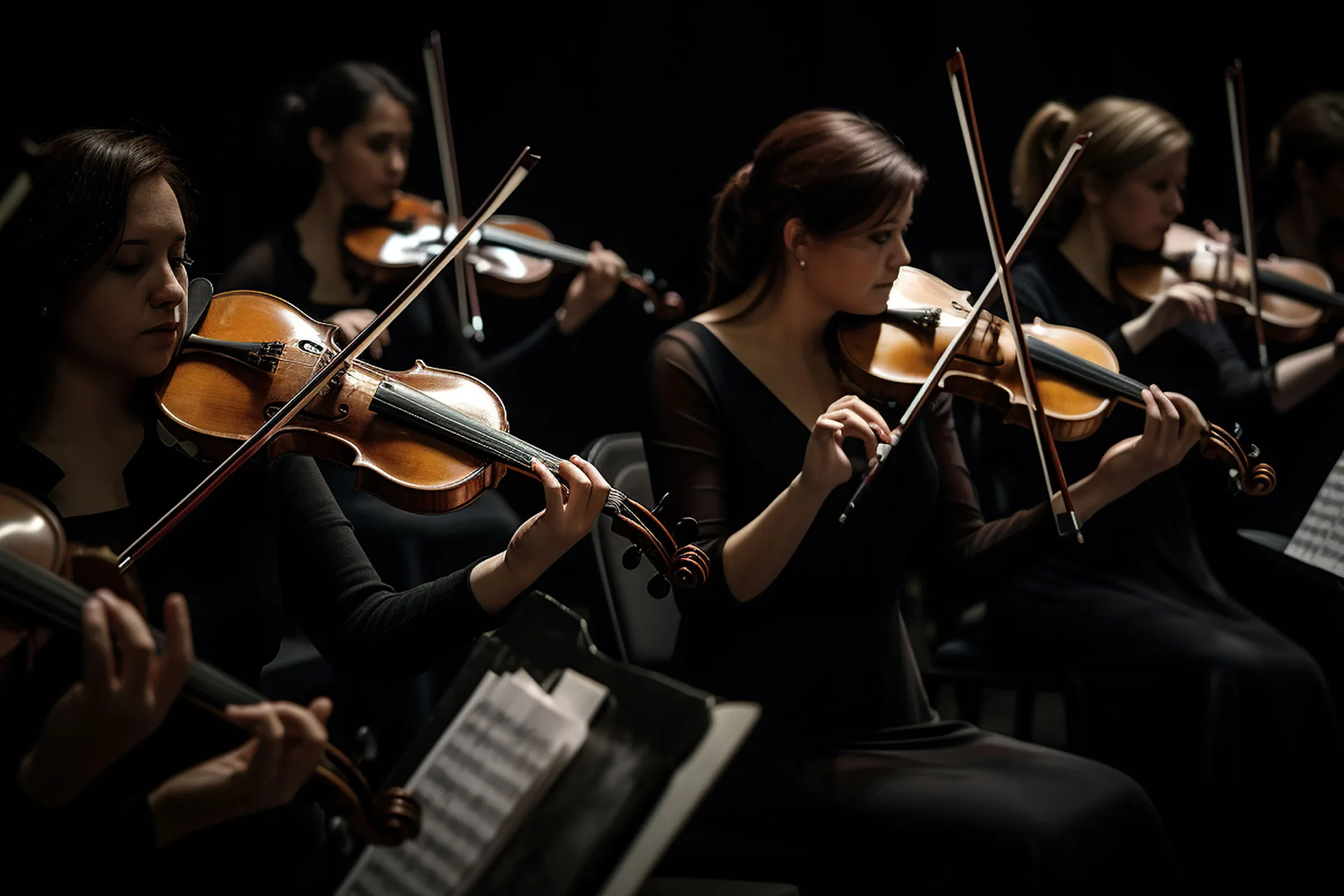
Understanding the basics of copyright laws is crucial when it comes to using classical music. These laws protect original works, including music, from being used without permission from the creator or rights holder. They ensure that artists receive credit and compensation for their work. For many forms of music, including classical, copyright protection lasts for a set number of years—typically 75 years after the composer’s death. After this period, music entered the public domain, allowing anyone to use it without paying royalties or getting permission.
Here’s the kicker: even if a composition is public domain, the recording of that composition might still be copyrighted. A lot of content creators need to include this distinction. A ‘recording’ refers to a specific performance or interpretation of a composition, which is often protected by copyright. Let’s dive deeper.
What is Public Domain, and What Does It Mean for Classical Music?
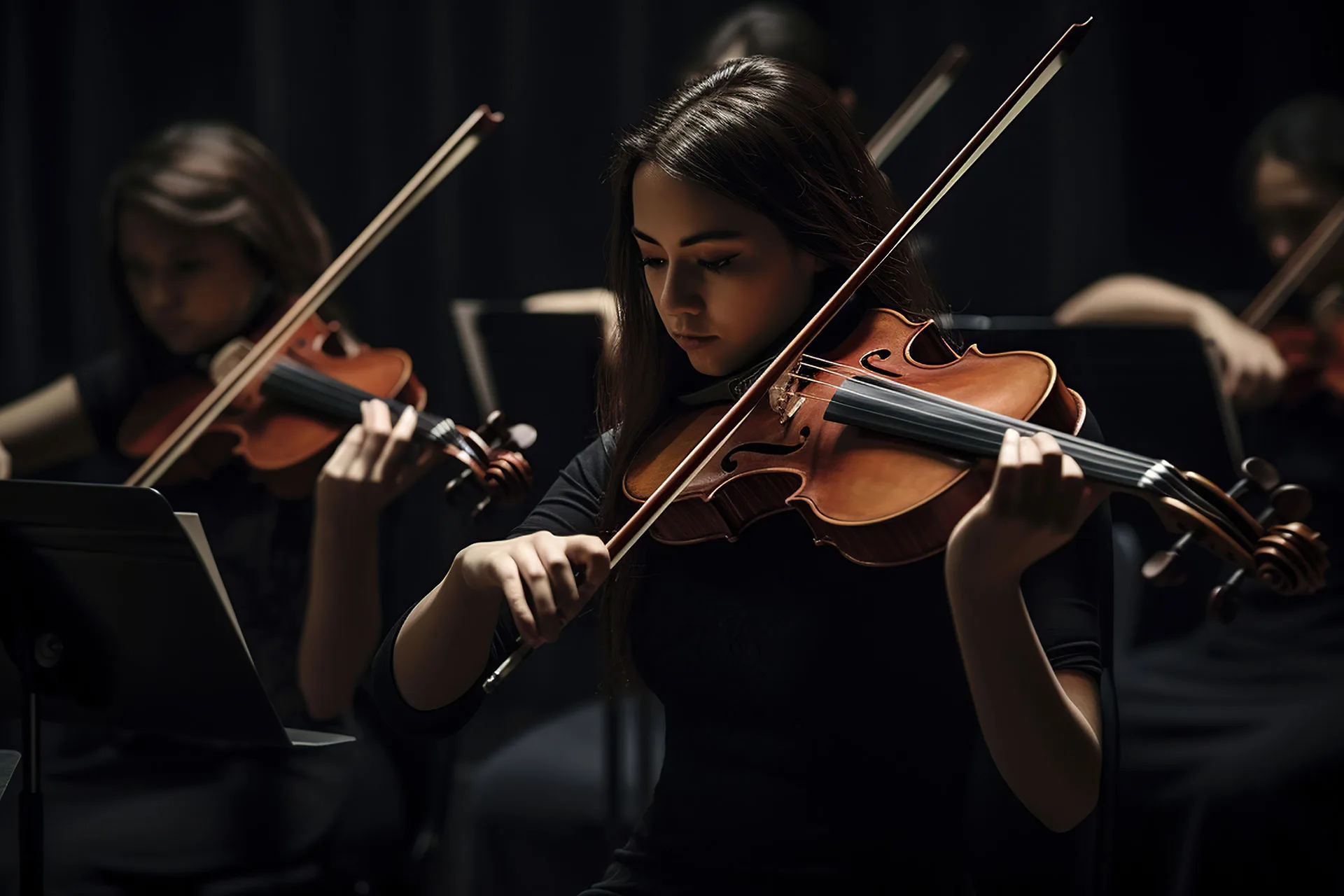
Public domain refers to creative works that are no longer protected by copyright and can be freely used by anyone. This often includes classical music compositions by famous composers like Beethoven, Mozart, or Chopin. Since these composers passed away more than 75 years ago, their original works are now part of the public domain, giving you the right to use them without worrying about royalties or permissions.
So, what’s the catch? Well, while the composition itself might be free to use, the recording of that piece could still be under copyright. Think of it like this: the *idea* of Beethoven’s Symphony No. 5 is in the public domain, but if you grab a recording from a CD, that specific recording is likely still protected. Record companies spend significant resources on producing high-quality versions of these pieces, and they hold the rights to their recordings.
It gets tricky for content creators, especially when pulling music from the web. Even if a piece of music is centuries old, that doesn’t mean the recording you’re using is free. Confusing, right?
How Copyright Affects Classical Music
Let’s break this down with an example. Say you want to use Mozart’s “Fur Elise” in your next YouTube video. Great choice! Mozart died in 1791, and his compositions are certainly in the public domain. But if you download a version of the song from the internet or rip it from a CD, chances are that the recording is protected by copyright.
In this case, using that recording without permission could land you in hot water. At best, your video might get muted. At worst, it could be taken down entirely, or you could face legal action from the copyright holder. It could be better when you’re adding a bit of elegance to your project!
The safest way to use classical music is to create your own recording. This doesn’t mean you must play the violin or conduct a symphony (although that’d be impressive!). You can hire musicians to perform the piece; since the composition is public domain, you would own the rights to your recording. Alternatively, online services provide royalty-free classical music recordings, which we’ll discuss in a bit.
What Exactly Is “Royalty-Free” Music?
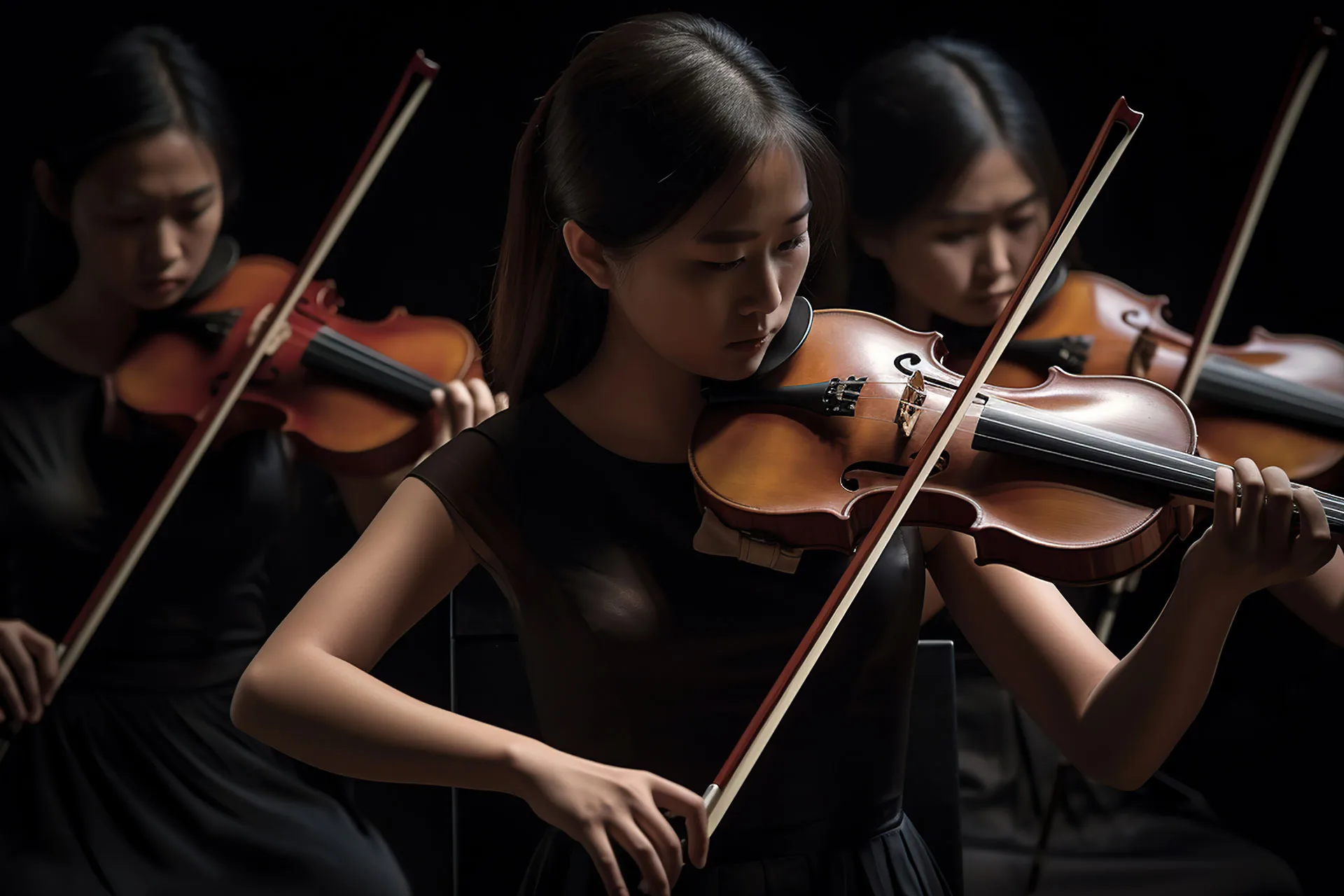
The term royalty-free music often confuses people. It doesn’t necessarily mean “free music.” Rather, it means that once you pay for a license, you can use the music without paying ongoing royalties every time it’s used. This is particularly helpful for content creators who regularly produce videos, podcasts, films, or other digital media.
When it comes to classical music, royalty-free options are available. Still, they often go in their recordings, loops, or samples created by companies that provide music for commercial use. These are licensed for public or commercial use; you won’t have to worry about copyright infringement.
Can I Use Classical Music on Social Media?
If you’re creating content for platforms like YouTube, Instagram, or TikTok, you’ve likely encountered copyright issues. These platforms are notorious for cracking down on music violations, especially since they’re bound by DMCA (Digital Millennium Copyright Act) rules. So, even though you’re not harmed by using a recording of a centuries-old piece of music, the recording could still trigger a DMCA takedown or mute your content.
To avoid this hassle, you must ensure that both the composition and the recording are free. Here are a few ways to safely use classical music on social media:
1. Find Public Domain Recordings
Some websites offer public-domain recordings of classical music. These recordings are free to use because they were created long ago or released with an open license. For instance, the recordings of Beethoven’s symphonies performed by the Berlin Philharmonic Orchestra in the 1930s are in the public domain. Just double-check the terms of use on the website to avoid any accidental infringement.
2. Record Your Version
If you’re musically inclined (or know someone who is), consider recording your version of a classical piece. Since the composition is public domain, you can freely record and use it however you like. You can add your instrumentations, change the tempo, or mix it with other genres to create a unique version. Plus, you’ll have a unique version of the music, which can add a personal touch to your content.
3. Use Royalty-Free Classical Music
Many platforms offer royalty-free music libraries, including classical tracks. These include services like TuneCutter, Epidemic Sound, or Artlist. You’ll usually need to pay a subscription or one-time fee to access these libraries, but once you do, you’re free to use the tracks without worrying about copyright strikes.
4. Purchase a License
If there’s a specific recording you want to use, consider purchasing a license. Many music licensing companies offer one-time or subscription-based models, where you can pay to use a particular track in your projects. It’s an easy way to avoid the headache of copyright claims.
Why It’s Risky to Use Classical Music Recordings Without Permission
Even if a classical piece is public, using recordings from random sources online can still be risky. Some companies try to claim ownership of public domain music, making it difficult for creators to use these works confidently. If you unknowingly use a copyrighted recording, the copyright holder can take down your content or even pursue legal action.
For example, let’s say you’ve found a stunning recording of Beethoven’s 5th Symphony on YouTube and want to use it in your next podcast episode. Even though the composition is public domain, the recording might not be. Using it without permission could result in your episode being muted or removed. It’s a frustrating experience that can easily be avoided by being cautious about where your recordings come from.
How to Know if a Classical Piece is Public Domain
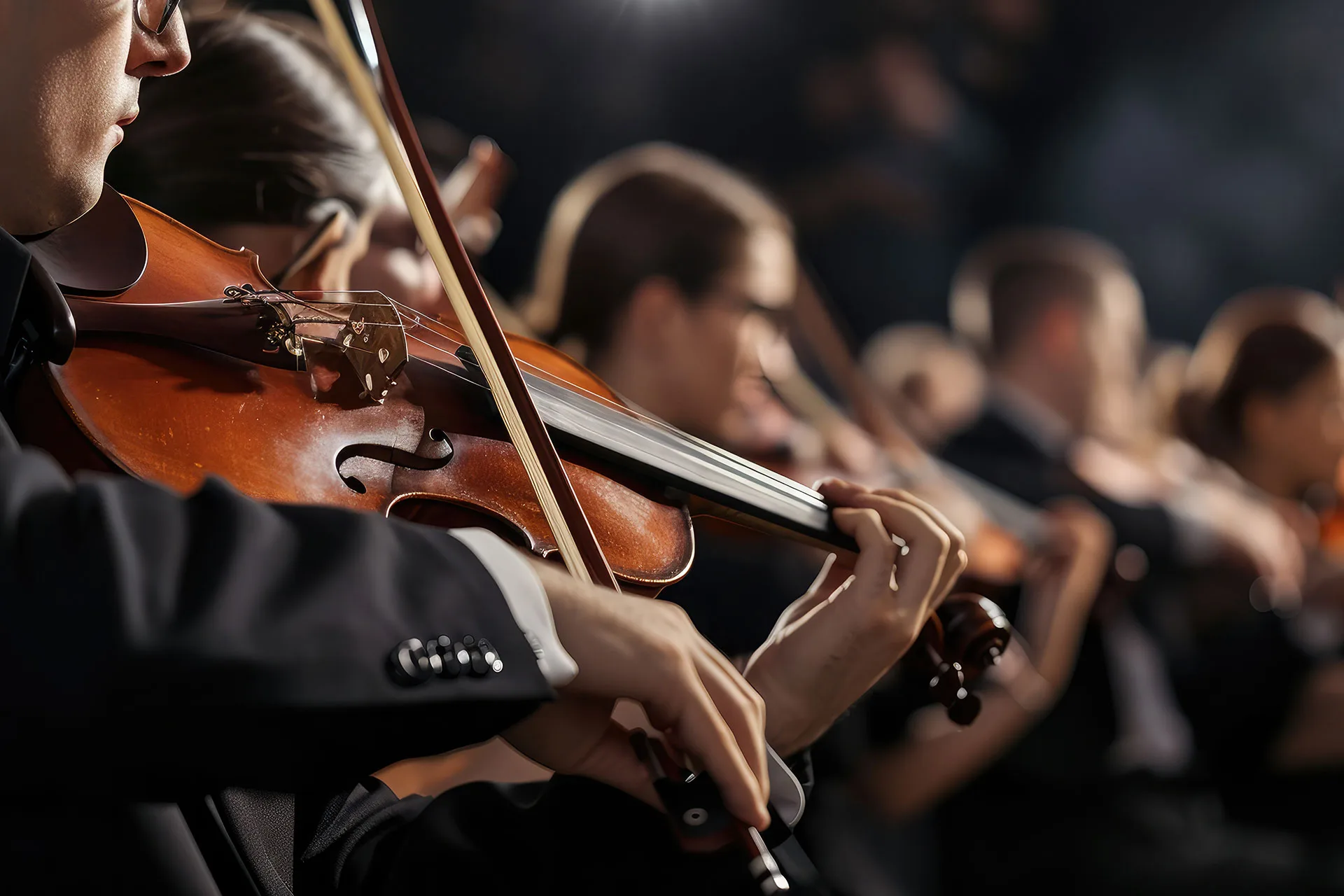
Determining if a classical piece is in the public domain is relatively straightforward. If the composer has died for over 75 years, their works will likely be in the public domain. Here are a few examples of composers whose music is in the public domain:
- Ludwig van Beethoven (died 1827)
- Wolfgang Amadeus Mozart (died 1791)
- Frédéric Chopin (died 1849)
- Johann Sebastian Bach (died 1750)
- Pyotr Ilyich Tchaikovsky (died 1893)
However, as we’ve discussed, the composition being public domain doesn’t necessarily mean you can use any recording you find. Always verify that the recording is either public domain or properly licensed.
Tools and Resources for Royalty-Free Classical Music
Several resources are available if you’re looking for easy, legal access to classical music for your projects. Here are a few platforms to explore:
- TuneCutter: This platform offers a range of public domain and royalty-free music, including classical tracks, for free download.
- Epidemic Sound: This platform offers a wide variety of royalty-free music, including classical tracks, available through a subscription service.
- Artlist: Another great subscription-based platform that provides high-quality royalty-free music for content creators, including classical options.
Final Thoughts: Is Classical Music Royalty-Free?
In conclusion, while many classical compositions are part of the public domain and can be freely used, the recordings of those compositions might still be copyrighted. This makes using classical music in your projects more complex than expected.
However, by understanding the difference between compositions and recordings and using the right resources, you can safely incorporate classical music into your content. Whether you’re creating YouTube videos, podcasts, or other digital media, ensuring you’re using music legally will save you from headaches down the line.
So, next time you want to add a touch of elegance to your project with a Beethoven symphony or a Chopin nocturne, you’ll know exactly how to do it—legally and without worry!






